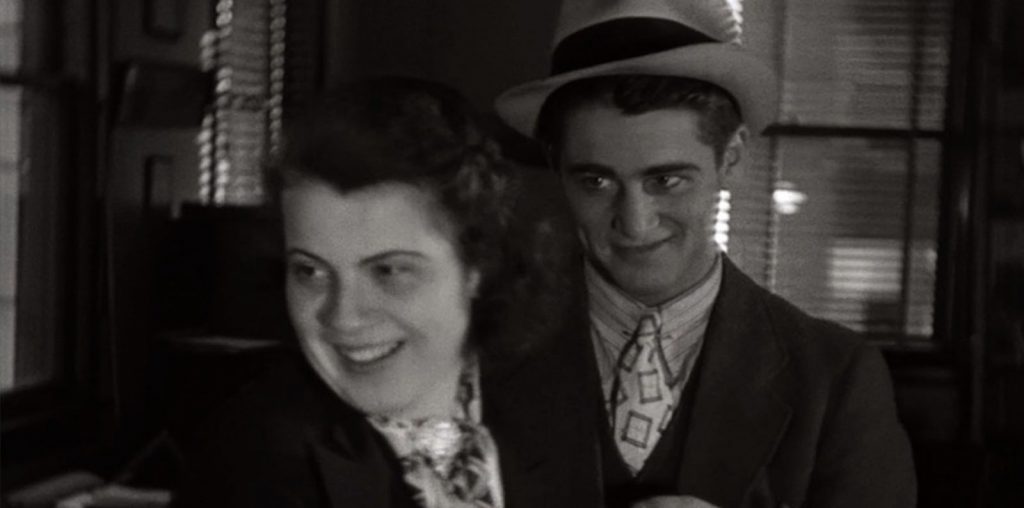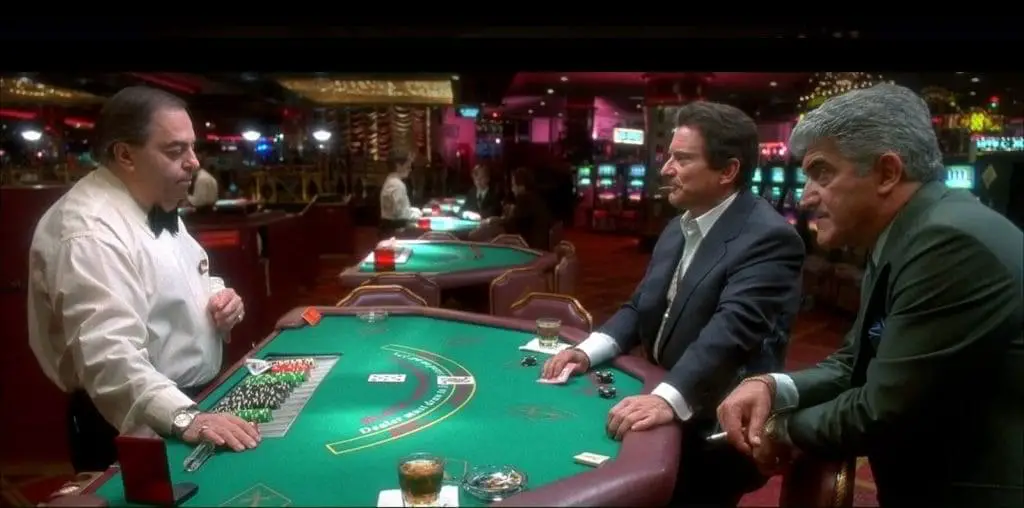Volume 2 of the “In/Flux” series on the lowave label continues their focus on experimental film by African artists. It is not quite as full of knockout films as Volume 1 was, but it still contains some good films, and a couple of extraordinary ones. Because there is so little focus in America and Europe on experimental work by African artists, these collections will prove valuable to Western viewers. The generally well-produced disc also includes bios and a short Artist Statement video from each artist, plus a detailed booklet. The double-sided discs have a PAL system side and an NTSC side, but American viewers are advised that, like most lowave discs, the NTSC conversion is technically poor and contains noticeably jerky motion. You will do much better playing the PAL side of the disc, if you have a player with the capacity to do so. Here are some of the films I found interesting:
Bofa da Cara, an artists’ collective based in Barcelona, is quite typical of a strain of Europe-based video artists whose work can be seen in abundance on Vimeo. While American experimental filmmakers tend to avoid both polemics and the slick look of commercial film and TV, Europe-based makers of “video art” are often young professionals who work in advertising and enthusiastically embrace both the technical polish and visual dazzle of ads, as well as commercial tactics for selling an idea, usually an idea from liberal or radical politics. Bofa da Cara’s “My African Mind” is a straightforward example, as it uses computer animation to fly the viewer through a landscape of historical images, revealing the colonial mindset and the white supremacist lens through which Europeans have viewed Africa and Africans over the centuries. The video features pulsing music and inter-titles, of the sort normally used to sell sneakers, to reveal racist attitudes over the centuries.
Theo Eshetu’s “Lightning Strikes” is a fascinating look at the Obelisk of Axum, an exquisite ancient Ethiopian obelisk which was stolen from Ethiopia by Mussolini in 1935 and erected in Rome. Eshetu amusingly shows the obelisk with music and shot angles which recall the “monolith on the moon” sequence from 2001. The Italian government was reluctant to return the obelisk to Ethiopia until lighting struck it and damaged it, requiring extensive reconstruction, which somehow helped them to change their minds. Eshetu includes wonderful footage of the ecstatic celebration by the Ethiopian public when the monument returns home.
Zineb Sedira’s “Retelling History” is a straightforward interview with the filmmaker’s mother, in which she recalls the interesting, horrifying history of the abuse of Algerian women by colonial Frenchmen.
In the extraordinary“Mémoire,” Congolese filmmaker Sammy Baloji collaborates with choreographer/dancer Faustin Linyekula to create a portrait of the abandoned copper mines in Lubumbashi, Eastern Congo. The mines are an emblem of the gradual fading of the promise of a prosperous, peaceful independent Congo. We see footage of the desolate mines, which have apparently been abandoned due to the instability of the country. Local people are still trying to extract and sell minerals from the mines, working on their own. We hear speeches by Congolese politicians, dating from several different post-colonial eras, which outline the progress from hope and promise to conflict and devastation. These sequences alternate with extended scenes in which Linyekula dances at different sites within the mine. Linyekula, evidently improvising in response to the site, is a performer of astonishing fluidity and power, and his movements are both a response to the sorrow and pain of the mines (which were created during colonial times), and also a way of trying to create a kind of beauty and harmony out of the wreckage. He eventually walks off into the darkness of one of the mines, and the Congo itself seems to be entering a dark, uncertain period.
The accompanying artist statement film is equally powerful, and features Baloji’s photo collages which were created along with the film. These beautifully made collages insert historical black and white figures of workers and officials from the colonial period of the mine into color photos of the ruins of the mine as it looks today.
In South African filmmaker Nina Barnett’s lovely animation, “River, Come Back,” she uses the flow of ink-stained water over paper to illustrate the history of the Chicago River. (The artist lived in Chicago at the time she made the film.) In 1900, through a major feat of engineering, the river was forced to reverse its direction. Barnett’s animation visualizes this history in a lovely, poetic series of images, in which the material properties of inky water on paper bring a wonderfully tactile feeling to the subject of the flow of water. The film itself has no words, and I only learned about the film’s subject matter by watching her artist statement film. When I understood the history behind the images, it greatly enhanced my enjoyment of the film, without diminishing its abstract beauty, and it is too bad that Barnett did not find a natural way to incorporate this story into the body of the film itself.
There is more than enough worthwhile, engaging, and well-made work in Volume 2 of “In/Flux” to make it a significant resource for anyone interested in new media art by African artists.


